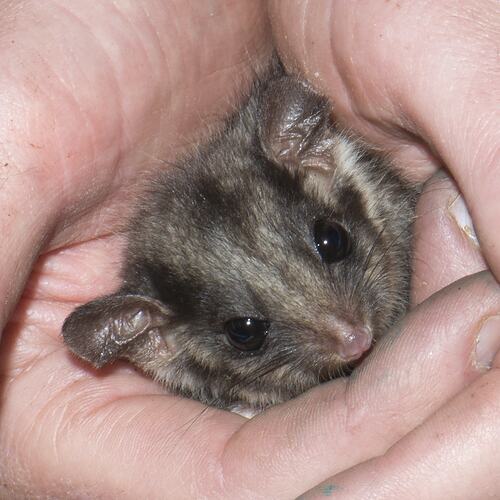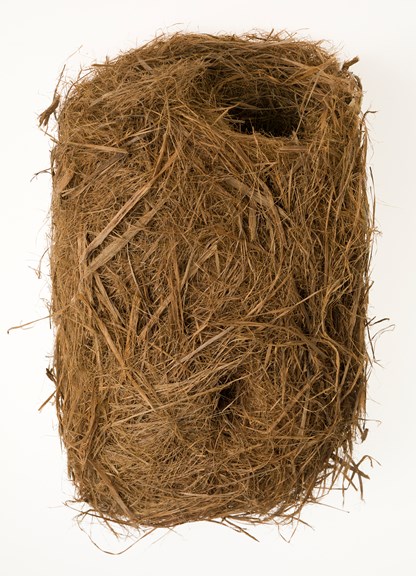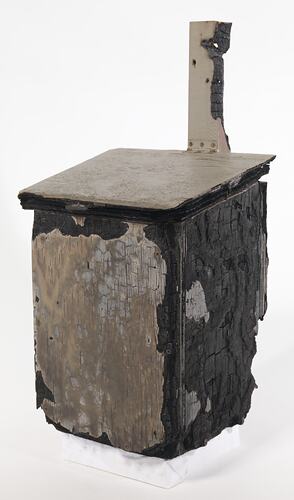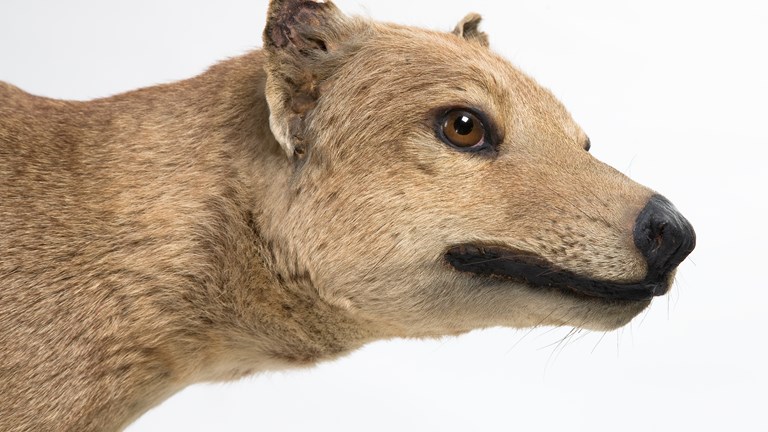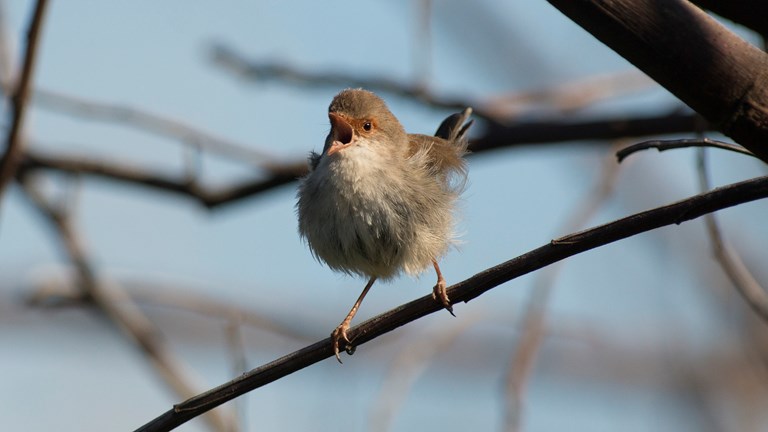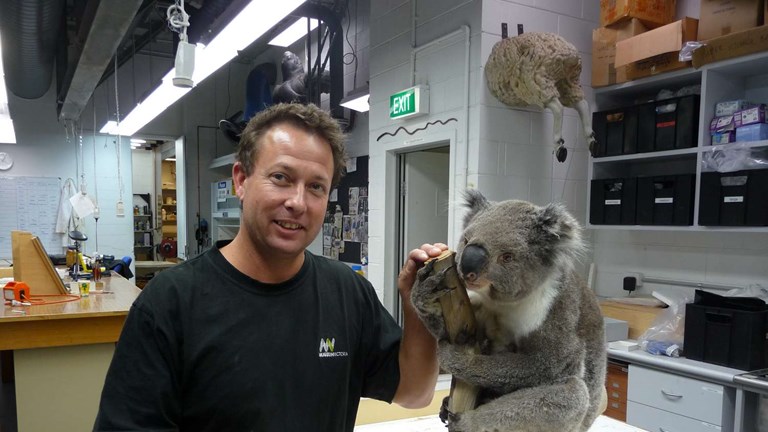A good possum is hard to find
Leadbeater’s Possum, Gymnobelideus leadbeateri
Once thought extinct, the Leadbeater’s Possum lives in delicate balance with its environment.
The Leadbeater’s Possum rose from the dead.
More accurately, it rose from apparent extinction.
First described in 1867, by the early 1900s the Leadbeater’s Possum was thought to be extinct.
Imagine the miracle when it was rediscovered near Marysville in 1961, becoming Victoria's state faunal emblem in 1971.
Where do Leadbeater’s Possums live?
Leadbeater’s Possums live in tree hollows in Victoria’s Central Highlands.
Walk through these ancient forests, and you may look up to find impossibly tall trees, some gnarled with these vital hollows. These Mountain Ash trees (Eucalyptus regnans) are the tallest flowering plants on the planet.
The hollows in their trunks and branches take more than a century to develop.
Another century later, and these cavities become a suitable home for a family of Leadbeater’s Possums. Inside, they build an elaborate nest.
In a graceful balance of evolution, these precious little Victorians can only make their homes in Mountain Ash or sub alpine woodlands in Victoria’s Central Highlands. Their entire distribution area is just 70 x 80 km.
There is also a small population at Yellingbo, about 50km east of Melbourne.
What do Leadbeater’s Possums look like?
If you were able to peer into the tree hollow of the centuries-old Mountain Ash, you would spy a family group of fuzzy little Leadbeater’s Possums, with the adults averaging 32 cm in length.
Half of the Leadbeater’s Possum’s length is made up by its distinctive club-shaped tail with a bushy tip.
Unlike the related Sugar Glider, the Leadbeater’s Possum lacks the gliding membranes between its limbs.
If you’re looking at the possum’s back, you’ll notice a dark (dorsal) stripe running down its middle.
And if you were to pick a Leadbeater’s Possum up, you’d find it weighed less than an apple at only 100-170g.
Of course, climbing an ancient tree and trying to reach into possum dens is never advised. The females are territorial and defend their two litters per year.
How fire affects Leadbeater’s Possums
While bushfires can be destructive, for the Leadbeater’s Possum they can also be vital.
The 1939 fires in the Central Highlands created valuable nesting environments for the possums.
These fires killed century-old mature trees, producing new hollows in which the possums could start a family.
The presence of these numerous ‘stags’ within the younger forest regenerating from the fires created the ideal mixed forest structure for the Leadbeater’s Possum. It’s an example of an ecosystem wonderfully adapted for a land of fire.
But fire isn’t always fortunate.
The 2009 fires did not produce the same outcome, as few trees were old enough to create ‘stags.’
Instead, habitat for the Leadbeater’s Possum was decimated.
On the Lake Mountain plateau, Parks Victoria and researchers had installed 30 nest boxes, 28 of which had been used by possums as dens.
After Black Saturday, 95% of the plateau at Lake Mountain was burnt, leaving just two nest boxes intact.
Many natural hollows were damaged or destroyed by fires.
Without enough mature trees, the Leadbeater’s possum lacks its critical habitat.
The 200-year-old trees needed by this endangered species are also in short supply due to past timber harvesting practices, which have interrupted the replenishment of suitable hollows.
Leadbeater’s Possums also need a middle forest storey of wattles for feeding and moving through their environment.
The specific habitat requirements render it extremely vulnerable to habitat loss.
How to help the Leadbeater’s Possum
Leadbeater’s Possums have struggled under the pressures of native logging and bushfires, and continue to suffer the impacts even following the end of native logging in Victoria’s forests at the start of 2024.
But the Leadbeater’s Possums are not without friends. For two decades, Friends of Leadbeater’s Possum have been advocating for the protection and survival of Victoria’s iconic faunal emblem, alongside organisations such as Wildlife of the Central Highlands and The Wilderness Society.
Further reading
Dan Harley, "Snow Possum: Project ALPS" in Wildlfe Australia Magazine, Winter 2007, p3235
David Lindenmayer, Wildlife and Woodchips, (University of New South Wales Press, 1996)
